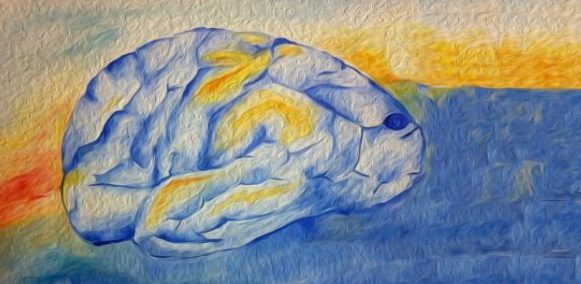Theoretical neuroscience
Theory of spike initiation, sensory systems, autonomous behavior, epistemology
Editor Romain Brette
Is the cell really a machine? (2019)
Daniel J. Nicholson
6 comments on PubPeer PubMed: 31173758 DOI: 10.1016/j.jtbi.2019.06.002
This is a very interesting theoretical paper, which questions the standard view of the cell as a machine. This is a not a new angle, of course, but this paper discusses a rich body of recent experimental literature to support its analysis.
First, by “the cell as a machine”, the author refers to the view of the cell as a set of mechanisms, with fixed parts interacting essentially deterministically with each other, as in a factory chain. Although all molecular biologists would acknowledge that there is randomness in the cell, randomness is always seen as “noise”, that is, as a departure from the ideal working of the cell. Essentially, the cell is conceptualized as a set of “molecular machines”, which are microscopic versions of our macroscopic machines.
The theoretical starting point is that the world of molecules has little in common with our macroscopic world. Molecules are constantly jiggling around, not in any definite configuration. It would be hard to find parts interacting with each other in any way similar to parts of a motor, for example. The author discusses the example of transport along a microtubule. The standard model sees proteins such as kinesin and dynein as micro-motors, with energy input triggering a conformational change that produces a mechanical force (power stroke), which makes it move forward. The author discusses an alternative model, an old one in fact, but which has recently received some new supporting evidence: the Brownian ratchet. The track has two energy landscapes depending on the conformational state of the motor protein. In the flip conformation, the landscape is flat is so the protein moves by random walk. In the flop conformation, the landscape has a saw-tooth shape, so the protein moves to the nearest energy minimum and gets stuck. This produces a finite movement in a specific direction. By alternating between flip and flop, the protein moves along the track. This is very different from the standard model, because in this alternative model, the stochasticity inherent to the microscopic world is not “noise” (as in departure from an ideal mechanism) but on the contrary, it is harnessed to produce directed motion.
The author makes a distinction between self-assembly and self-organization. In self-assembly, parts assemble themselves into a static form, as Lego bricks. Self-organization, on the other hand, views the constitution of cell parts (e.g. organelles) as stabilized processes. An example in astronomy is Jupiter’s great red spot. In contrast with the self-assembly of a machine, the organization is actively maintained (turn-over) by continuous exchanges with the outside.
There is also a very interesting discussion of the conformation of proteins. We tend to imagine proteins as having a particular shape, that allows it to interact with other proteins like lock and key. This gives rise to the description of metabolic pathways as wiring diagrams, oriented graphs with proteins as nodes. This view appears to be a rather drastic simplification. Many, probably most proteins have a disordered region, which means that they wander in some conformation landscape rather than stabilize in some particular conformation. Importantly, this landscape is strongly affected by context. The author cites an editorial that describes how intrinsically disordered proteins interact, with the cooked spaghetti metaphor: “the spaghetti uses the lock to mould itself into the shape of the key, rather than forming the key beforehand”. This makes the standard description of metabolic pathways questionable.
Finally, the author discusses the stochasticity of genetic networks. The regulation of genetic expression is often described as a deterministic process, where expression varies continuously with a continuous factor (say, calcium concentration). This gives rise to rheostat models of genetic regulation. These models come from analyzing data from large population of genetically identical cells. The author discusses recent results that support an alternative interpretation of population results, namely that increasing the concentration of the regulating factor “results in the recruitment of a rising number of cells that respond in an all-or-none fashion”. This is the stochastic model of gene expression: “With regards to each of the genes it contains, a cell appears to exist in one of two meta-stable functional states: it is either ‘on’ or ‘off’.”
